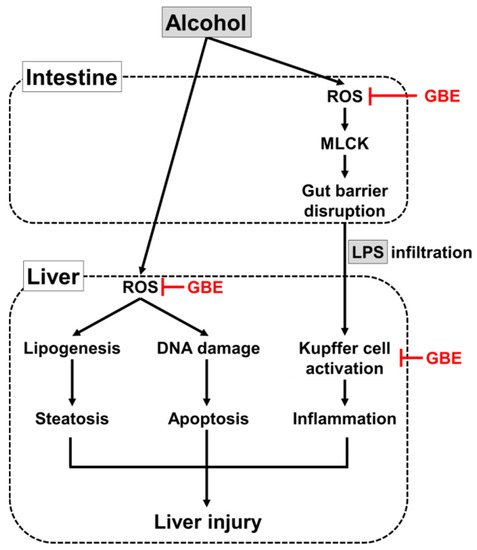

This paper reviews both the benefits of biological control as well as the associated risks and an attempt is made at identifying the major challenges for assessing risks and for balancing benefits and risks. Non-target effects range from very small effects, to massive effects on a large scale. However, non-target effects of exotic biological control agents have been observed in a number of projects. The use of exotic arthropods in biological control programs has yielded huge economic and ecological benefits. (2011).īenefits and risks of exotic biological control agents.

Stanley (Ed.) CRC for Tropical Pest Management, Brisbane.ĭe Clercq, P., Mason, P. 11-19 In: Host specificity testing in Australasia: towards improved assays for biological control, T.M. The impact of gorse thrips, ryegrass competition, and simulated grazing on gorse seedling performance in a controlled environment.Ĭontinuation trials: their use in assessing the host range of a potential biological control agent. Pre-release prediction of host range and non-target impactsĭavies J.T., Ireson, J.E.Entomophagous biological control agents.Indirect effects on other trophic levels and food webs.Direct effects on non-target, beneficial or valued species.Previous use as a biological control agent, and efficacy in that use.Selection of a biological control agent.Applying for general release or release with controls.Parameters that can be measured in host range tests.Test designs for arthropod biological control.Test designs for weed biological control.Identification and assessment of risks, costs and benefits.Consultation with Iwi and Maori organisations.Consultation with Department of Conservation.Considerations specific to a containment application.Predicting indirect non-target effects of agents.Experimental confirmation of host range.Factors influencing host selection in the target range.Interactive model for predicting impact.How to go about engagement and consultation.Interactions with existing biocontrol agents.Selecting suitable targets for biological control.Environmental risks of biological control.


 0 kommentar(er)
0 kommentar(er)
